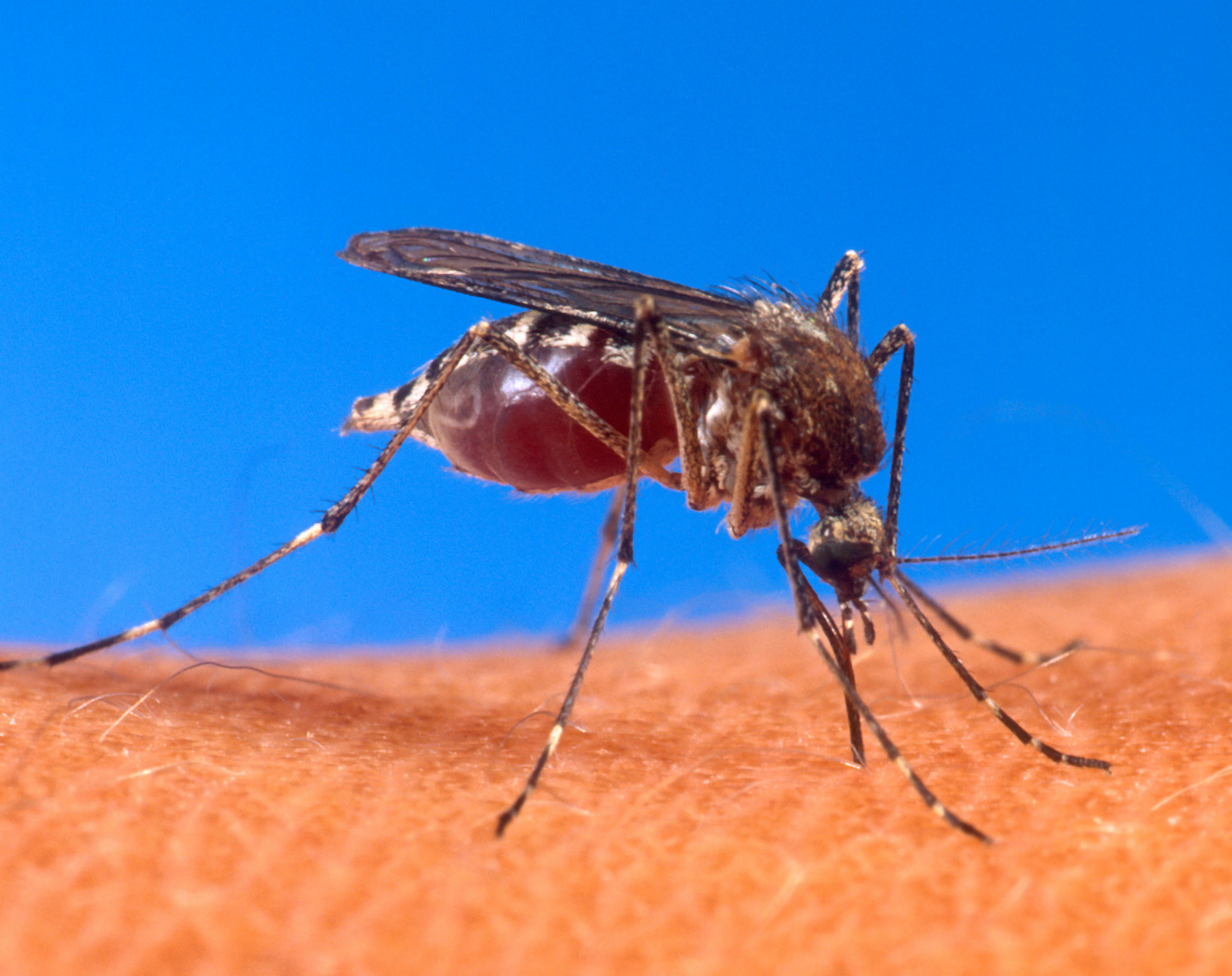Health and Climate

Heat Waves
Increased concentrations of greenhouse gases will increase land and ocean temperatures, making heat waves more frequent. The incident of heat waves has increase 20 percent since the 1950s, and are related to heat stroke, cardiac incidents and violence.

Contaminated Drinking Water
During a drought periods, low water supply may concentrate contaminates in aquifers and wells. Conversely heavy rains may leech contaminants into water aquifers or well fields. Flooding events may also damage well infrastructure or pipes. All these events may trigger a Boil Water Alert.

Poor Air Quality
Rising temperatures are associated with a rise in ozone and nitrogen dioxide in the air. Without cooling rains, the particulate matter in urban areas increases. Ozone, particulates and pollens are respiratory irritants.

Indoor Mold
Strong storms and flood events may result in leaks and water damage in homes and businesses. There may also be increased humidity and warmer temperatures, which create ideal conditions for mold growth. Molds are allergens and can aggravate asthma conditions. Some toxic molds can impact your nervous system.
Safety During a Flood
Climate change is predicted to increase the incidents of intense rain storms, fuel stronger tropical storm systems with higher storm surge and thus increase the incidence of flooding.

Vector Borne Disease
Warmer temperatures and rain patterns will change where certain disease-carrying species will live. Things found in the tropics will become more common in Florida. Without cold winter temperatures to kill off the insect populations or their eggs, they will increase in number, paving the way for higher rates of illness.

Contaminated Flood and Standing Water
Flooding can occur as a result of heavy rain, a storm surge, a broken water main, or sea-level rise, which periodically causes water to seep up through storm drains or spill over sea walls.
Algae Blooms
Heavy rainfalls flush fertilizers from lawns and fields into retention ponds and canals. This, along with warmer water temperatures, creates favorable conditions for algae blooms. Conversely, during droughts, lower water levels allow ponds and canals to get warmer and move less, creating favorable conditions for algae.
Image Attributions
Heat Waves
By Jessie Eastland [CC BY-SA 3.0 (http://creativecommons.org/licenses/by-sa/3.0)], via Wikimedia Commons
Poor Air Quality
By Norbert Nagel (Own work) [CC BY-SA 3.0 (http://creativecommons.org/licenses/by-sa/3.0)], via Wikimedia Commons
Contaminated Drinking Water
By Win Henderson (This image is from the FEMA Photo Library.) [Public domain], via Wikimedia Commons
Indoor Mold
By Infrogmation (Own work) [GFDL (http://www.gnu.org/copyleft/fdl.html), CC BY 2.0 (http://creativecommons.org/licenses/by/2.0), CC BY 2.5 (http://creativecommons.org/licenses/by/2.5) or CC BY 3.0 (http://creativecommons.org/licenses/by/3.0)], via Wikimedia Commons
Safety During a Flood
By MarkBuckawicki (Own work) [CC0], via Wikimedia Commons
Vector Borne Diseases
By Original author: US Department of Agriculture; then denoised rescaled, enhanced with adaptive denoising filters and minimal resharpening, then unscaled to original resolution, for easier refitting at various resolutions. [Public domain], via Wikimedia Commons
Contaminated Flood and Standing Water
By https://upload.wikimedia.org/wikipedia/commons/2/28/101020_M%C3%BCll_Ballon_Reuss001.jpg
